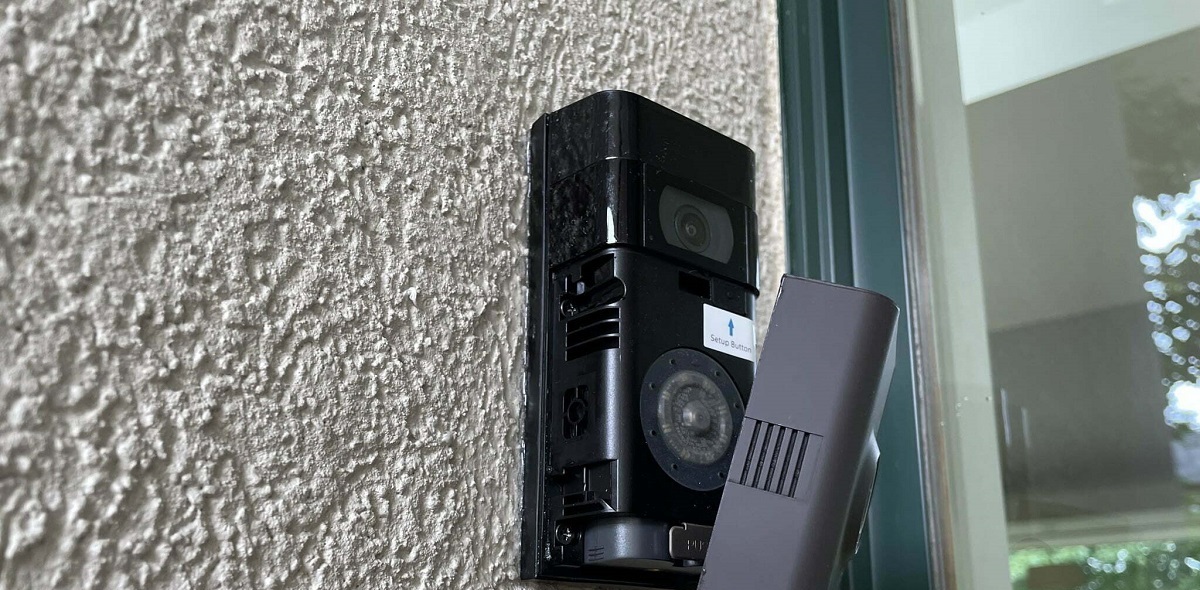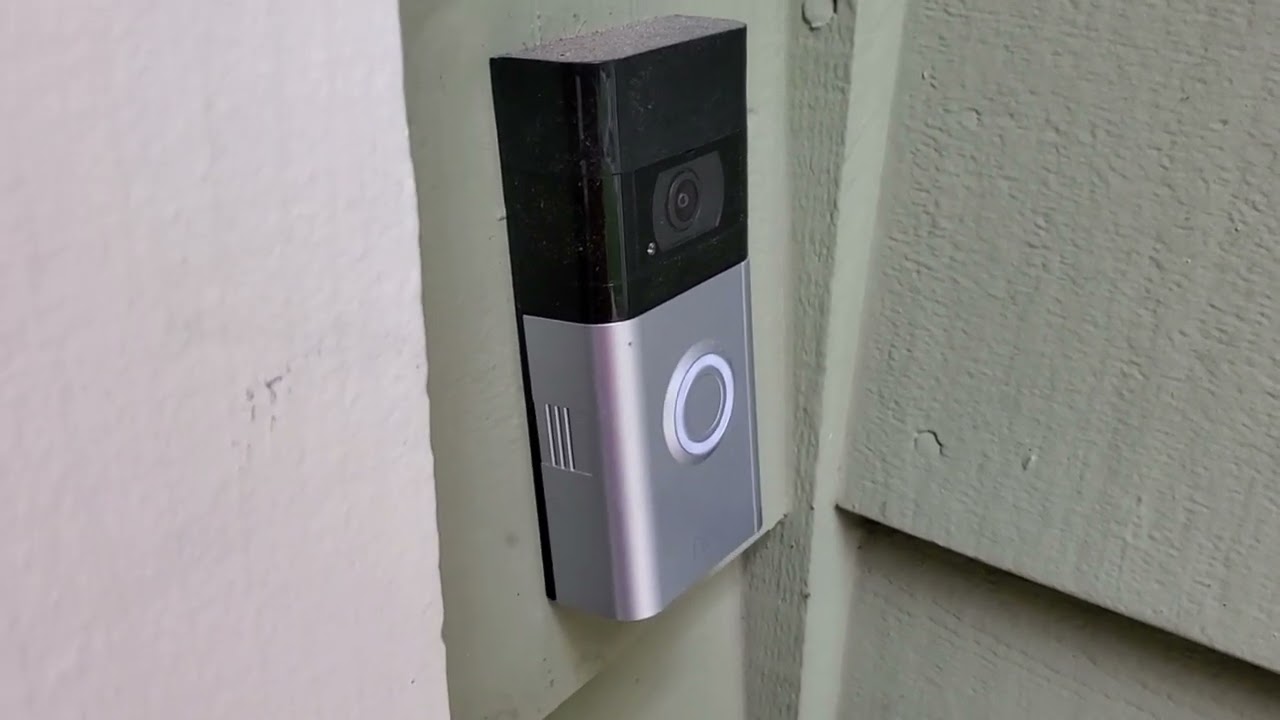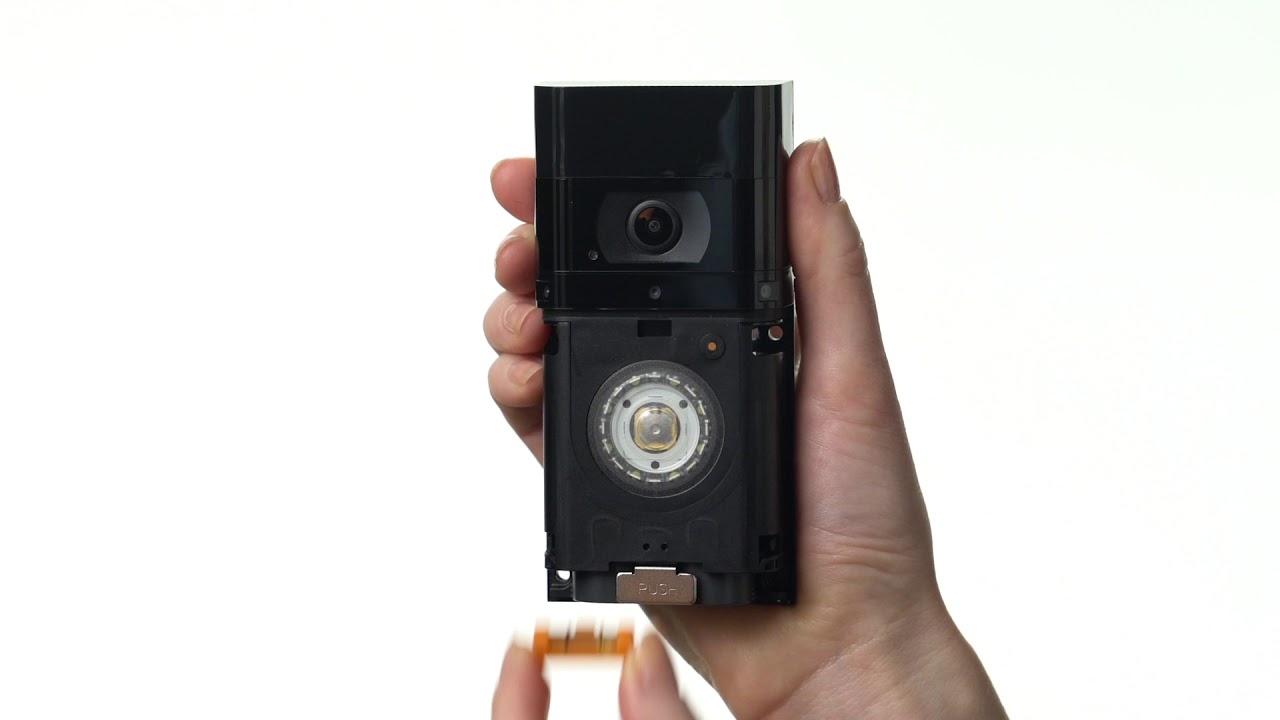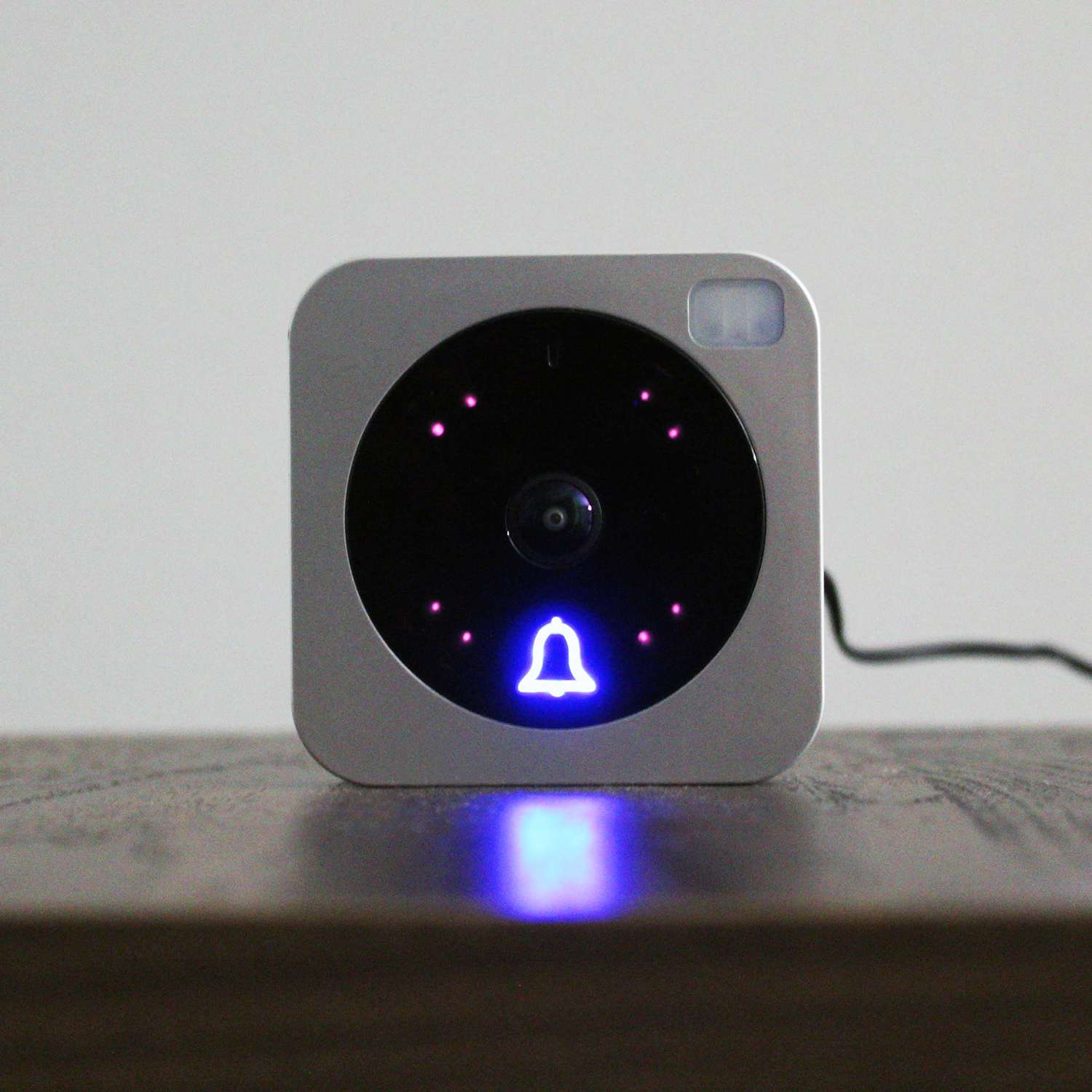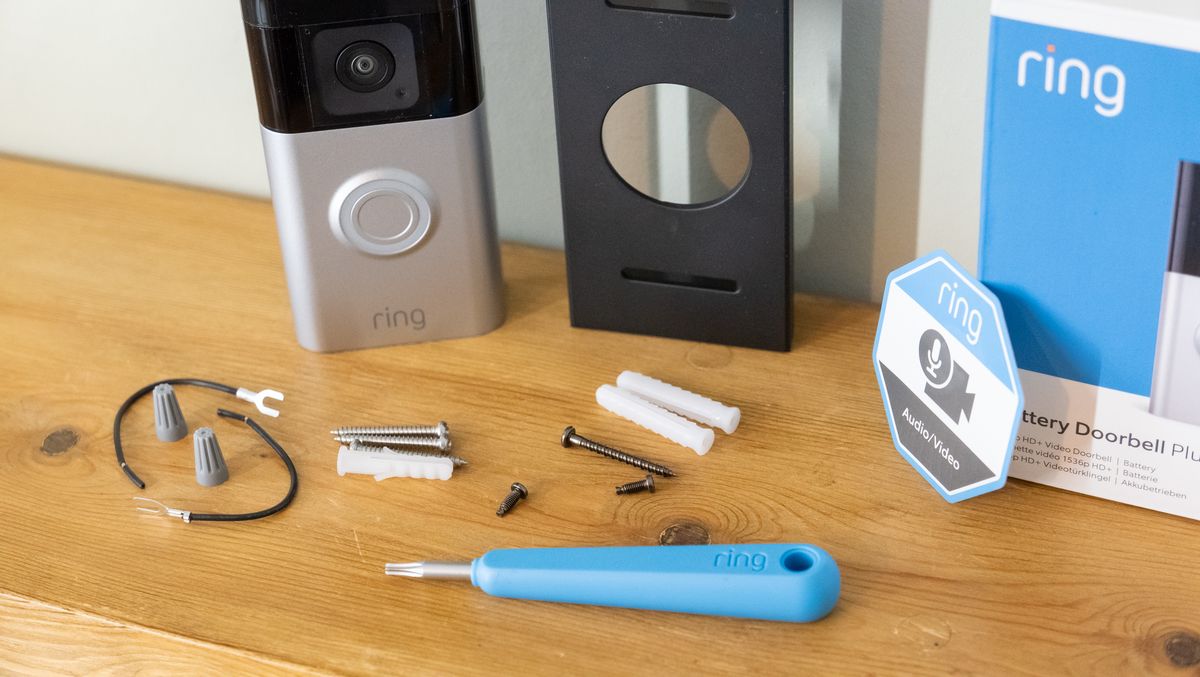Factors to Consider
When determining how much to charge for installing a video doorbell, several factors come into play. These factors not only influence the cost but also impact the overall installation process and customer satisfaction.
-
Type of Video Doorbell: The type and model of the video doorbell significantly affect the installation cost. Some doorbells require intricate wiring and mounting, while others may have simpler installation procedures. For instance, a wireless video doorbell might be easier to install compared to a wired one, impacting the overall labor and time required for installation.
-
Existing Infrastructure: The condition of the existing doorbell and electrical infrastructure can also influence the installation cost. If the property lacks the necessary wiring or electrical components, additional work may be required to ensure seamless integration, potentially increasing the overall installation cost.
-
Customer Preferences: Understanding the customer's preferences and requirements is crucial. Some customers may have specific requests, such as integrating the video doorbell with existing smart home systems or ensuring compatibility with certain devices. These customizations can impact the overall cost and should be factored into the pricing strategy.
-
Location and Accessibility: The location of the installation plays a pivotal role in determining the overall cost. Factors such as the accessibility of the installation site, local regulations, and potential challenges in mounting the doorbell can influence the pricing. For instance, installations in hard-to-reach areas or properties with unique architectural features may require additional time and effort, affecting the pricing structure.
-
Warranty and Support: Offering warranties and after-sales support can be an essential factor in pricing the installation service. Providing assurances regarding the installation and addressing any potential issues that may arise post-installation can add value to the service and impact the pricing strategy.
Considering these factors is crucial for both the installer and the customer. By carefully evaluating these elements, installers can provide accurate and transparent pricing while ensuring that customers are aware of the various considerations involved in the installation process. This transparency fosters trust and helps establish a positive rapport with the customer, ultimately contributing to a successful installation experience.
Average Cost of Installation
When determining the average cost of installing a video doorbell, it’s essential to consider various components that contribute to the overall pricing structure. The following elements play a significant role in establishing the average cost of installation:
- Labor Costs: The labor involved in installing a video doorbell is a primary factor in determining the overall cost. This includes the time spent on site, expertise required for installation, and any additional assistance or specialized skills needed to complete the installation efficiently.
- Material Expenses: The cost of materials, such as mounting brackets, wiring, electrical components, and any additional accessories required for the installation, contributes to the overall pricing. The type and quality of materials used can impact the total cost.
- Travel and Logistics: Factors such as the distance to the installation site, transportation of equipment and tools, and any logistical considerations influence the average cost of installation. Installers may incorporate these factors into the pricing structure to account for travel time and associated expenses.
- Service Fees: Some installation professionals may include service fees to cover administrative costs, insurance, and other overhead expenses. These fees contribute to the overall average cost of installation and ensure that the installer can deliver a comprehensive and reliable service.
While the average cost of installation may vary based on these components, it is essential for installers to provide transparent pricing to customers. This transparency fosters trust and ensures that customers understand the breakdown of costs associated with the installation process.
By offering a clear overview of the average cost of installation, installers can establish a fair and competitive pricing structure that aligns with industry standards and provides customers with a comprehensive understanding of the investment required for installing a video doorbell.
Additional Costs to Consider
When planning for the installation of a video doorbell, it is crucial to account for potential additional costs that may arise during the process. These supplementary expenses, while not directly related to the core installation, play a significant role in ensuring a seamless and efficient outcome. Some of the key additional costs to consider include:
- Upgrades and Customizations: Customers may express interest in upgrading their existing infrastructure or customizing the installation to align with specific preferences. This could include enhancing the electrical wiring, integrating the video doorbell with smart home systems, or opting for personalized mounting solutions. These upgrades and customizations can incur additional costs that should be clearly communicated to the customer.
- Technical Support and Training: Providing customers with technical support and training on using the video doorbell and its associated features can be an added service that influences the overall cost. This may involve educating customers on app functionalities, troubleshooting common issues, and ensuring that they are proficient in operating the device effectively.
- Maintenance and Service Plans: Offering maintenance packages or service plans can be an attractive proposition for customers seeking long-term support for their video doorbell. These plans may encompass regular maintenance, software updates, and extended warranty coverage, all of which contribute to the overall cost of ownership for the customer.
- Permit and Compliance Fees: Depending on local regulations and building codes, certain installations may require permits or compliance certifications. These administrative expenses should be factored into the overall cost to ensure that the installation adheres to legal requirements and industry standards.
- Post-Installation Adjustments: After the initial installation, customers may request adjustments or additional services, such as repositioning the doorbell, troubleshooting connectivity issues, or expanding the system’s capabilities. These post-installation services may entail extra costs that should be clearly outlined to the customer.
By transparently communicating these additional costs and providing customers with a comprehensive overview of potential expenses, installers can establish a trustworthy and professional rapport. This proactive approach fosters clarity and ensures that customers are well-informed about the comprehensive investment involved in installing a video doorbell.
DIY vs Professional Installation
When contemplating the installation of a video doorbell, individuals often face the decision of whether to opt for a do-it-yourself (DIY) approach or enlist professional installation services. Understanding the distinctions between DIY and professional installation can significantly influence the overall cost and the quality of the installation process.
- DIY Installation: Opting for a DIY installation can initially appear cost-effective, as it eliminates the need for professional labor. However, individuals considering this approach should carefully assess their technical proficiency, familiarity with electrical work, and the intricacies of mounting and configuring a video doorbell. While DIY installations may seemingly reduce immediate expenses, inadequate installation can lead to performance issues, safety concerns, and potential damage to the doorbell or property, ultimately resulting in unforeseen costs.
- Professional Installation: Engaging professional installation services offers numerous advantages, including expertise, precision, and assurance of quality workmanship. Professional installers possess the requisite skills to seamlessly integrate the video doorbell with existing infrastructure, address potential challenges, and provide valuable insights into optimizing the device’s performance. While professional installation entails an upfront cost, it mitigates the risk of installation errors, ensures compliance with safety standards, and enhances the overall functionality and longevity of the video doorbell.
It is essential to consider the long-term implications of the chosen installation method. While DIY approaches may seem cost-effective initially, the potential for complications and suboptimal performance can lead to additional expenses and frustrations. Professional installation, on the other hand, offers peace of mind, reliable results, and a comprehensive understanding of the investment involved.
By weighing the pros and cons of DIY versus professional installation, individuals can make informed decisions that align with their technical capabilities, time constraints, and the desire for a seamless and dependable installation process.
Pricing Guidelines
Establishing clear and fair pricing guidelines for the installation of video doorbells is essential for both installers and customers. By adhering to transparent pricing practices, installers can foster trust, provide value, and ensure that customers are well-informed about the investment required for a professional installation. The following guidelines can serve as a framework for determining competitive and comprehensive pricing:
- Transparent Breakdown of Costs: Providing customers with a transparent breakdown of the installation costs instills confidence and demonstrates a commitment to openness. Clearly delineating labor costs, material expenses, and any additional fees enables customers to understand the value they receive and the factors contributing to the overall pricing.
- Competitive Market Analysis: Conducting a thorough analysis of the local market and industry standards helps in setting competitive yet sustainable pricing. Understanding the prevailing rates for video doorbell installations allows installers to position their services effectively, considering factors such as expertise, quality, and customer satisfaction.
- Value-Added Services: Incorporating value-added services, such as post-installation support, warranty coverage, and educational resources for customers, can justify the pricing structure. Communicating the additional benefits customers receive beyond the core installation enhances the perceived value of the service.
- Customization Options: Offering customizable installation packages that cater to varying customer preferences and property requirements can contribute to a flexible pricing model. By providing options for upgrades, personalized configurations, and tailored service plans, installers can accommodate diverse customer needs while reflecting these choices in the pricing guidelines.
- Clarity on Additional Costs: Clearly outlining potential additional costs, such as upgrades, maintenance plans, or permit fees, ensures that customers have a comprehensive understanding of the overall investment. Transparency regarding supplementary expenses fosters trust and prevents misunderstandings, leading to a smoother and more satisfactory installation experience.
By adhering to these pricing guidelines, installers can establish a robust framework that prioritizes customer satisfaction, professionalism, and competitive pricing. This approach not only benefits customers by providing clarity and value but also enables installers to differentiate their services and uphold industry best practices.
Conclusion
Installing a video doorbell involves a multifaceted consideration of factors, costs, and installation methods. By carefully evaluating the type of video doorbell, existing infrastructure, customer preferences, location, and warranty offerings, installers can provide accurate and transparent pricing while ensuring that customers are aware of the various considerations involved in the installation process.
Understanding the average cost of installation, including labor, material expenses, travel, and service fees, is crucial for establishing fair and competitive pricing that aligns with industry standards. Transparent pricing fosters trust and ensures that customers comprehend the investment required for a professional installation.
Additionally, accounting for potential additional costs, such as upgrades, technical support, maintenance plans, permit fees, and post-installation adjustments, allows for comprehensive pricing that reflects the true value of the service. Transparently communicating these additional costs fosters clarity and ensures that customers are well-informed about the comprehensive investment involved in installing a video doorbell.
When considering the installation method, the distinctions between DIY and professional installation must be carefully weighed. While DIY approaches may seem cost-effective initially, professional installation offers expertise, precision, and assurance of quality workmanship, ultimately contributing to a seamless and dependable installation process.
Establishing pricing guidelines that prioritize transparency, competitive market analysis, value-added services, customization options, and clarity on additional costs is essential for fostering trust, providing value, and ensuring customer satisfaction. Adhering to these guidelines enables installers to differentiate their services, uphold industry best practices, and prioritize professionalism in their pricing structure.
In conclusion, the installation of video doorbells requires a comprehensive understanding of the various factors, costs, and installation methods involved. By prioritizing transparency, value, and professionalism in pricing, installers can deliver a seamless and rewarding installation experience for customers while maintaining a competitive edge in the market.









